The AAPI Education Landscape
The AAPI History Hub is part of a growing nationwide movement to ensure all students learn about AAPI communities and contributions in K-12 schools. Here, you’ll find a powerful short film spotlighting student-led advocacy, data on where states stand, and ways to connect with organizations pushing for progress. Whether you're curious about your local context or ready to get involved, this is your launch point.
In partnership with TAAF, Groundswell: Asian American Youth Making Waves (2024), directed by Jon Osaki, is a powerful short documentary spotlighting the rising tide of youth-led advocacy for AAPI history in K–12 education. Featuring the voices of passionate young changemakers and community leaders from Asian Texans for Justice and AAPI Youth Rising, the film captures a growing movement to ensure AAPI stories are seen, heard, and taught across classrooms nationwide.
Explore AAPI K-12 Student Enrollment and Education Policies by State
Mouseover or click a marker to see more.
Require AAPI Studies
None
% of Students Who Are AAPI
- 0% –1.5%
- 1.5% –3%
- 3% –4.5%
- 4.5% –6%
- >6%
Source: National Center for Education Statistics. Public School Enrollment, Total and by Asian/Pacific Islander Students, 2023-24 school year.
Scroll to view full table
Alabama
| 749k | 11k | 1.5% |
|---|---|---|---|
Alaska
| 131k | 6.5k | 4.9% |
Arizona
| 1.12M | 36k | 3.2% |
Arkansas
| 485k | 8.9k | 1.8% |
California
| 5.84M | 706k | 12.1% |
Colorado
| 866k | 29k | 3.3% |
Connecticut
| 513k | 27k | 5.2% |
Delaware
| 142k | 6.3k | 4.4% |
District of Columbia
| 93k | 1.4k | 1.5% |
Florida
| 2.87M | 83k | 2.9% |
Georgia
| 1.75M | 86k | 4.9% |
Hawai‘i
| 169k | 40k | 23.7% |
Idaho
| 316k | 3.4k | 1.1% |
Illinois
| 1.85M | 104k | 5.6% |
Indiana
| 1.03M | 31k | 3% |
Hover over or click a state to see more.
About the data
State Education Policies: Academic Standards, Passed Bills, and Pending Bills
With support from Committee of 100, an organization dedicated to advancing AAPI representation through research and advocacy, we’ve mapped the national policy landscape to reveal how each state is approaching AAPI and ethnic studies in K–12 education. Laws, regulations, bills, and publicly available curriculum standards of all 50 U.S. states and the District of Columbia have been analyzed to determine which states have existing curriculum requirements or legislative action that would enact such requirements. For more information about methodology, definitions, and summary statistics, please visit the Committee of 100 site. We’ll update this data regularly to reflect policy progress and changes.
Get Involved
Explore groups advocating for AAPI K-12 education
Looking for additional AAPI-focused organizations? Explore TAAF’s AAPI Nonprofit Database, featuring hundreds of nonprofits advancing AAPI communities nationwide.
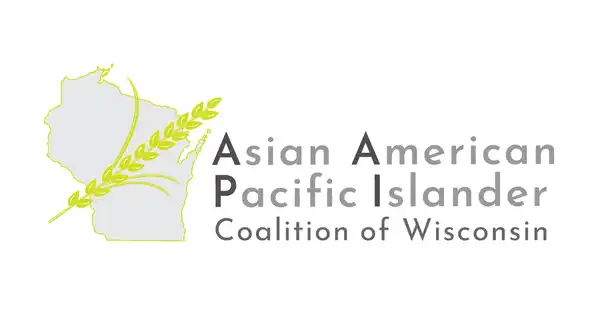
AAPI Coalition of Wisconsin
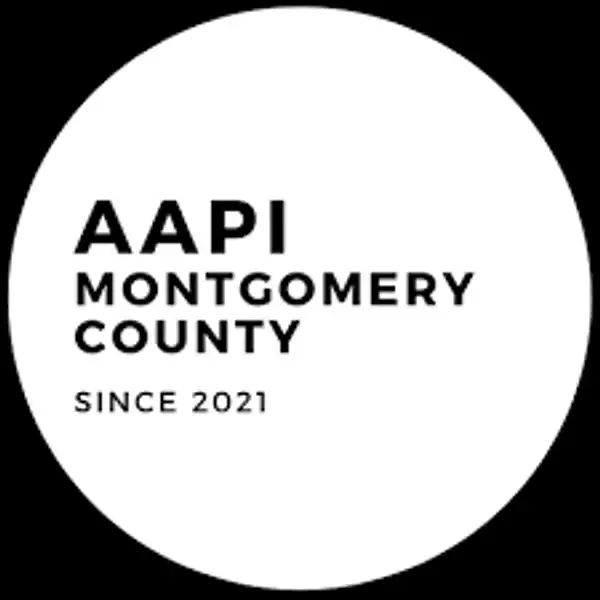
AAPI Montgomery County

AAPI New Jersey
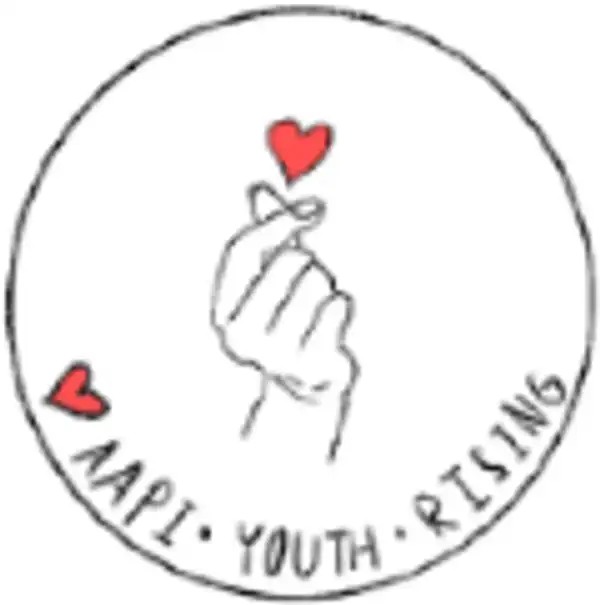
AAPI Youth Rising

Asian American Voices for Education

Asian Americans Advancing Justice | AAJC
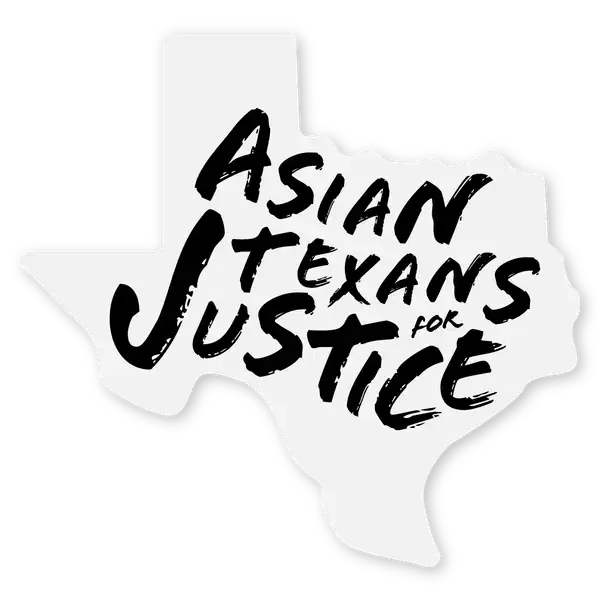
Asian Texans For Justice
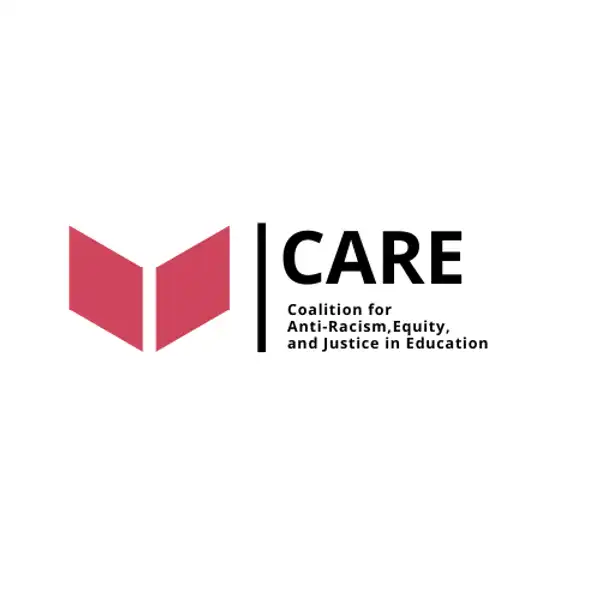
Coalition for Anti-Racism and Equity (CARE)

Coalition for Liberated Ethnic Studies